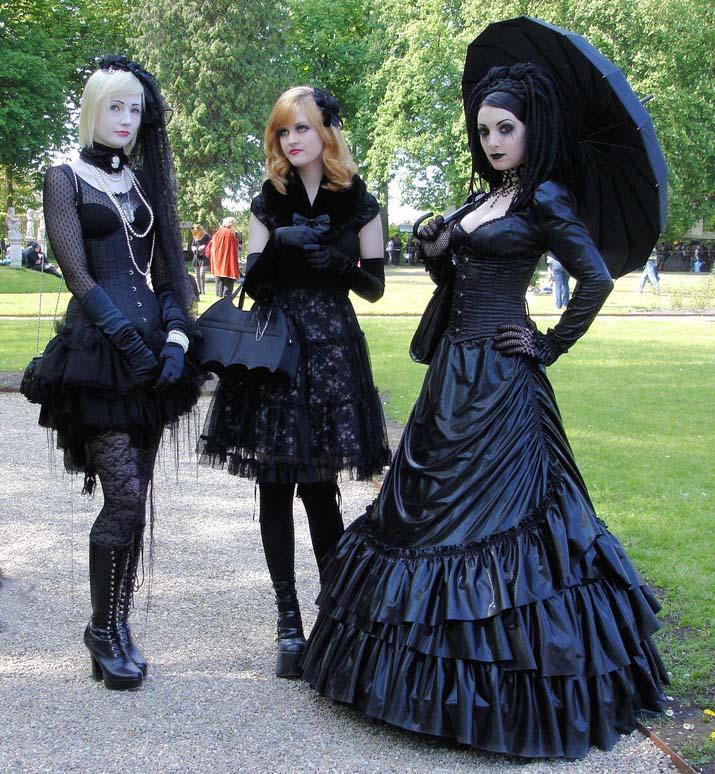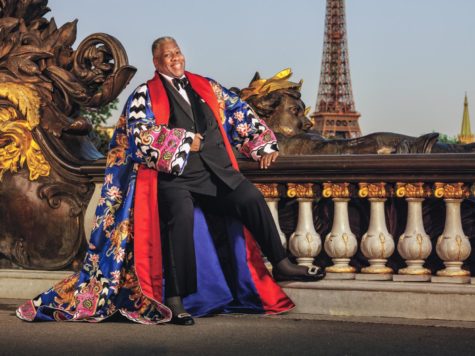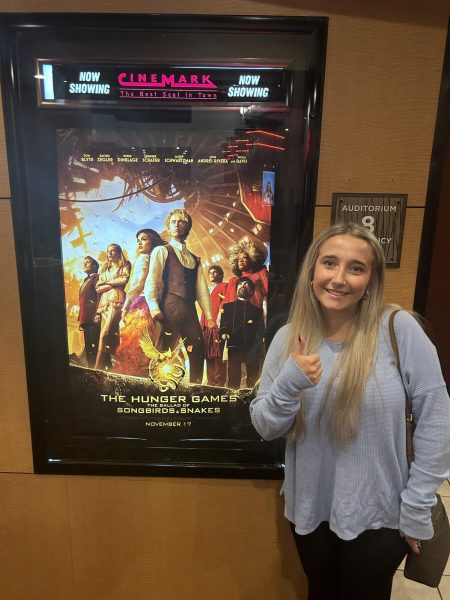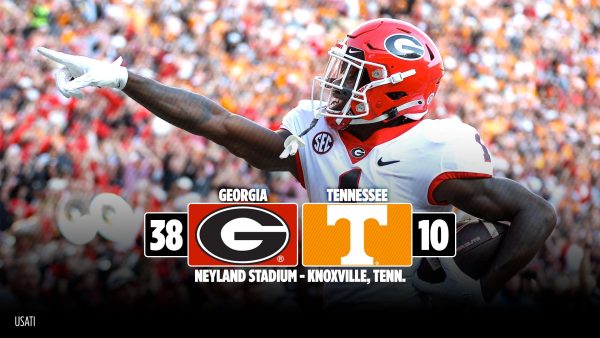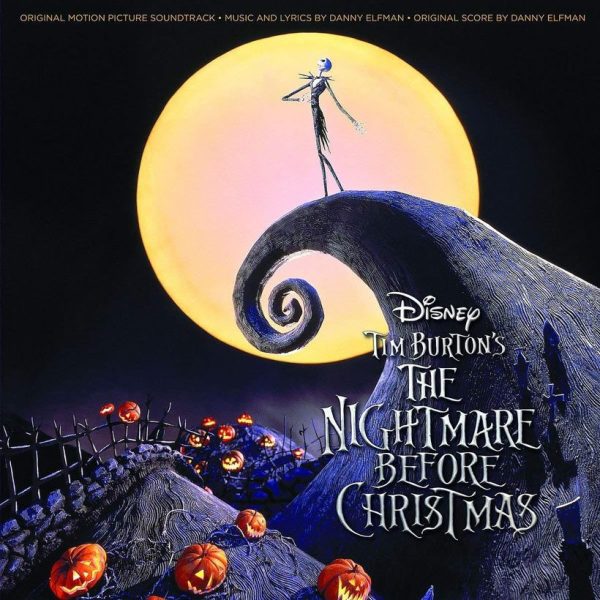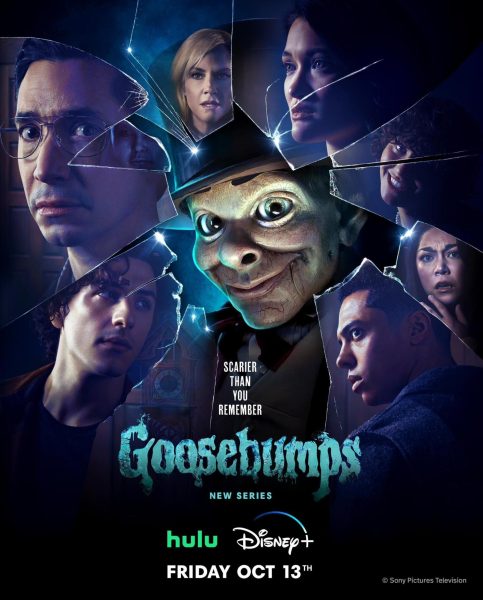The Goth Subculture
Throughout the years there have been many trends come and go. Despite this, subcultures have survived, though some may say, “(insert genre or subculture) is dead.” For me, the most prominent subculture, goth, has not died.
Perhaps my most favorite subculture of all, goth has evolved immensely over some decades. Starting in the early 1980s, stemming from the punks of the 1970s, goth was also known as “post punk.” There are different branches of this subculture, such as: Traditional “trad” goth, deathrock, victorian, romantic, lolita, gothabilly, cabaret goth, and many others. These styles of goth can be mixed in attire, if the wearer wishes to do so.
Notable goth bands/musicians are Bauhaus, Joy Division, Siouxsie and the Banshees, The Sisters of Mercy, Christian Death, The Cure, Depeche Mode, Southern Death Cult, and so many more. Gothic literature is very popular, and some are even considered classics. Edgar Allan Poe is conceivably the most famous gothic author, with works like The Raven, The Pit and the Pendulum, Annabel Lee, and The Tell-Tale Heart. Similar authors and books are Mary Shelley, with her prominent novel, Frankenstein, Bram Stoker’s Dracula, Horace Walpole’s The Castle of Otranto, Robert Louis Stevenson’s Strange Case of Dr. Jekyll and Mr. Hyde, and Oscar Wilde’s The Picture of Dorian Gray, all of which are well-known pieces of literature.
The typical goth likes the following: skulls, bats, black cats, candles, graveyards, spikes, chains, buckles, ankhs and crosses (and various other religious symbols), vampires, lace, black, grey, red, purple/indigo, and white anything, various hair colors (with of course, black being the renowned), teased hair, leather, ornate makeup and attire/jewelry, spiders/spiderwebs, pale skin (though, all dark-skinned goths are very welcome and accepted in the goth community), mythology, gothic/victorian architecture, and pretty much anything dark, elaborate, mysterious, creepy/spooky, and macabre.
Goths have been portrayed in many movies and tv shows. Some popular fictional female goth icons are Elvira “Mistress of the Darkness,” Lydia Deetz from Beetlejuice, Morticia and Wednesday Addams from The Addams Family, Sam Manson from Danny Phantom, Lily Munster from The Munsters, Vampira from The Vampira Show, and Abby Sciuto from NCIS.
It is one of the biggest subcultures out there, living (or should I say, living-dead) since the 1980s. Though it is misunderstood, looks truly deceive. In the wise words of Morticia Addams, “Normal is an illusion. What is normal for the spider is chaos for the fly.”
